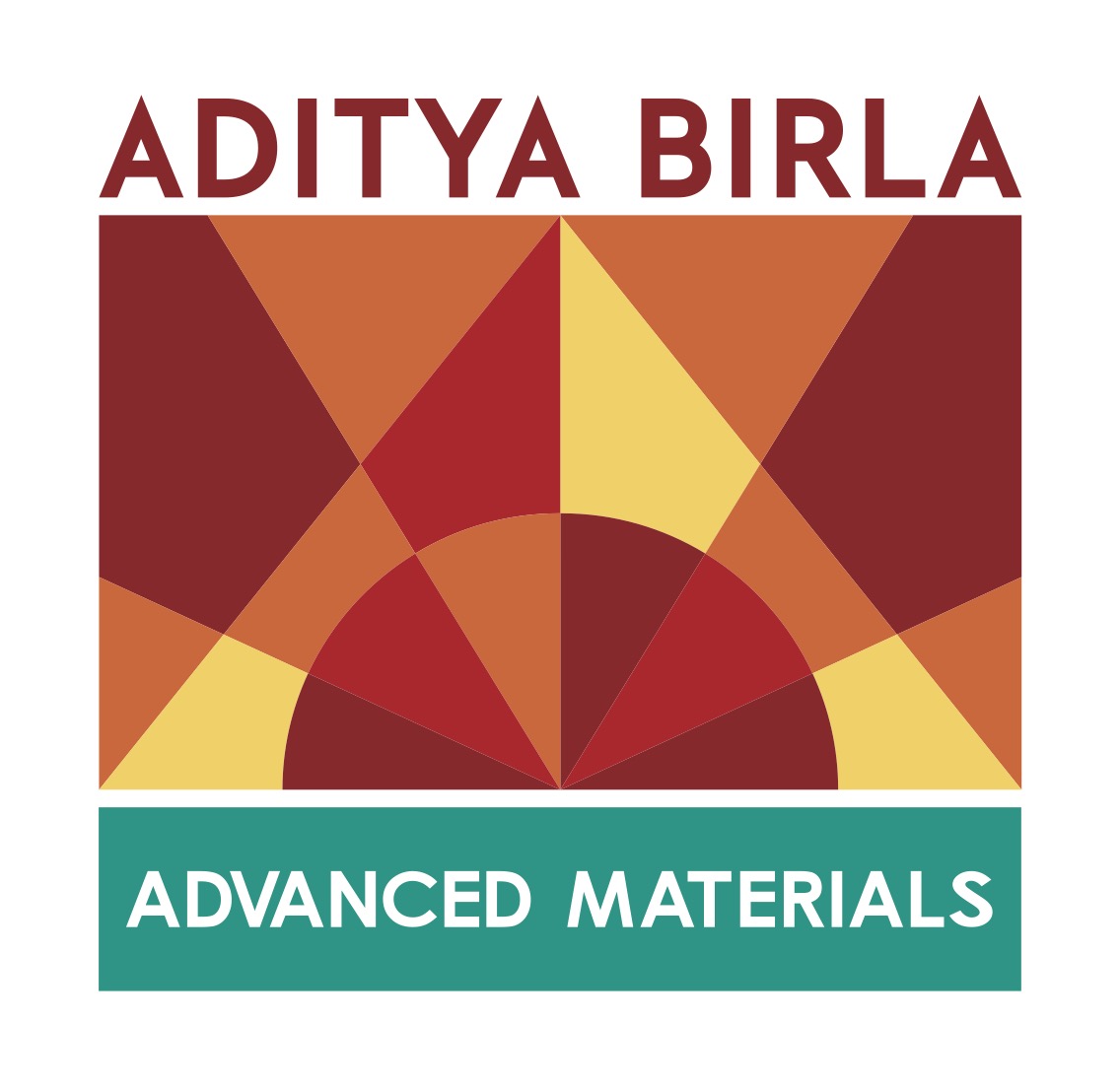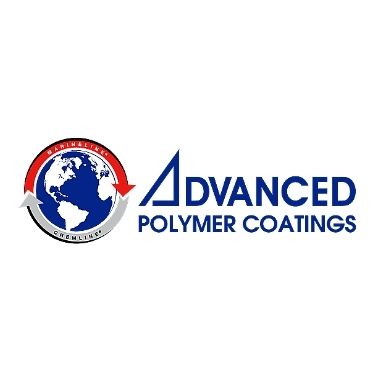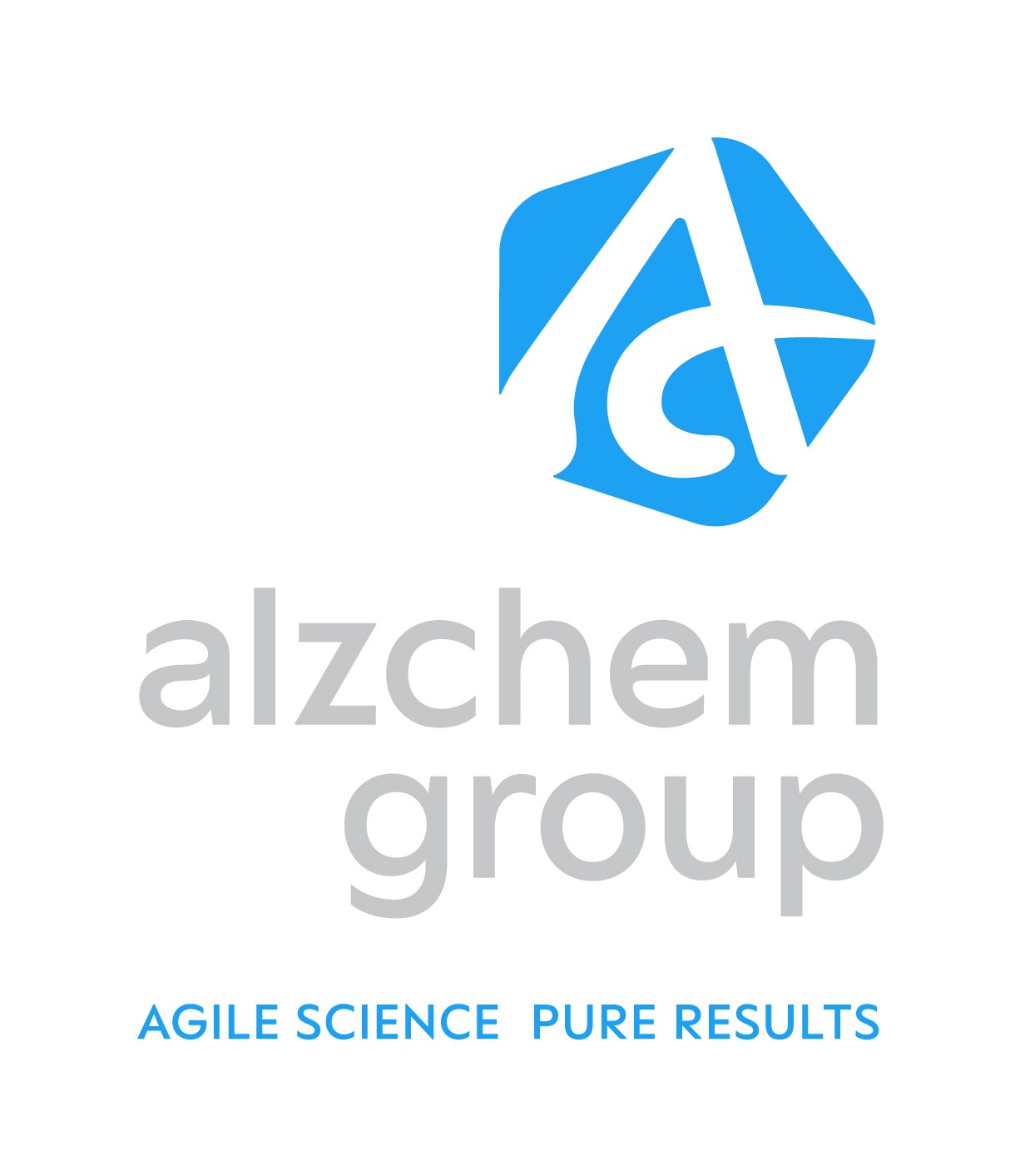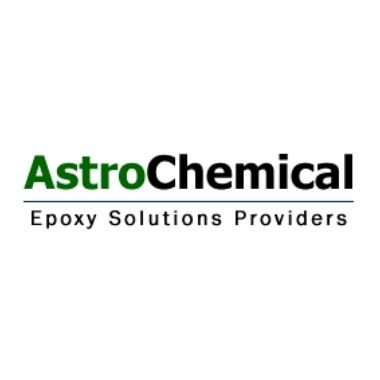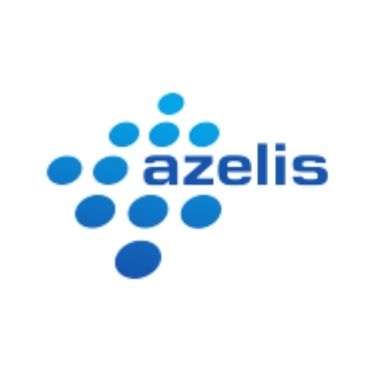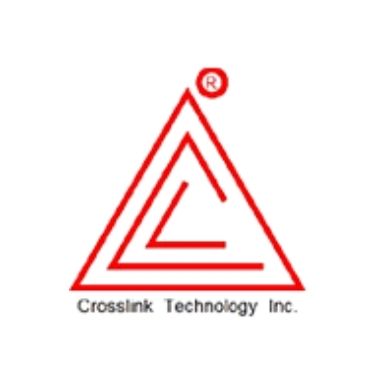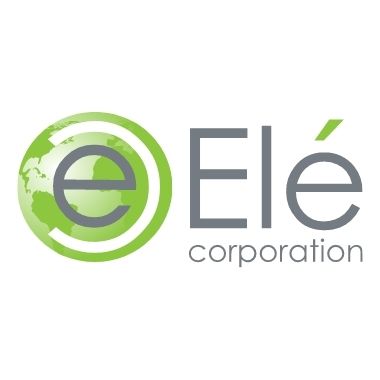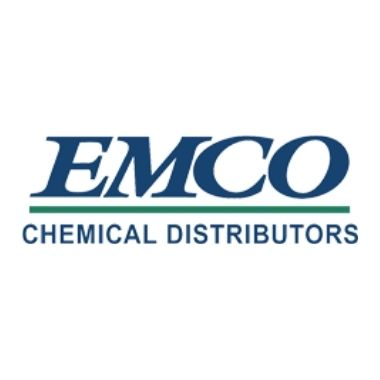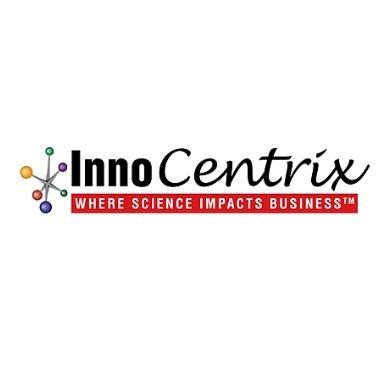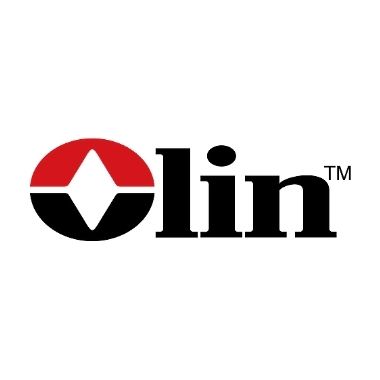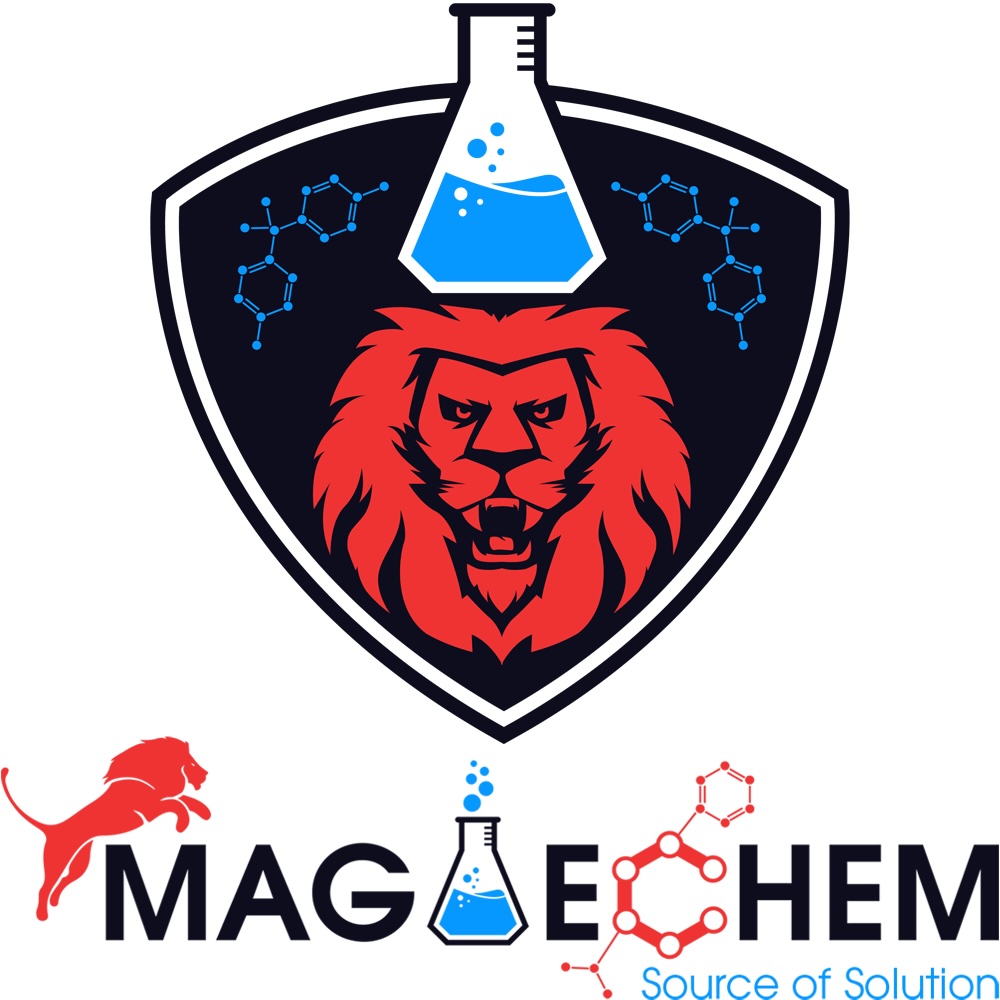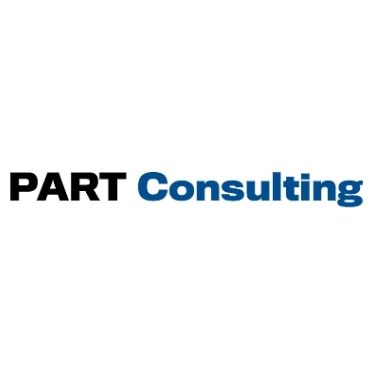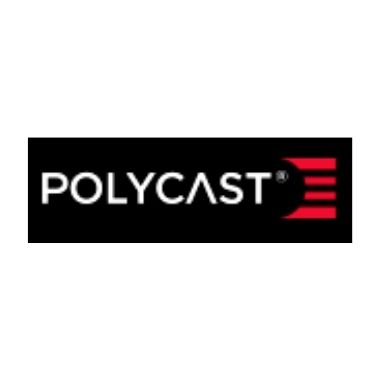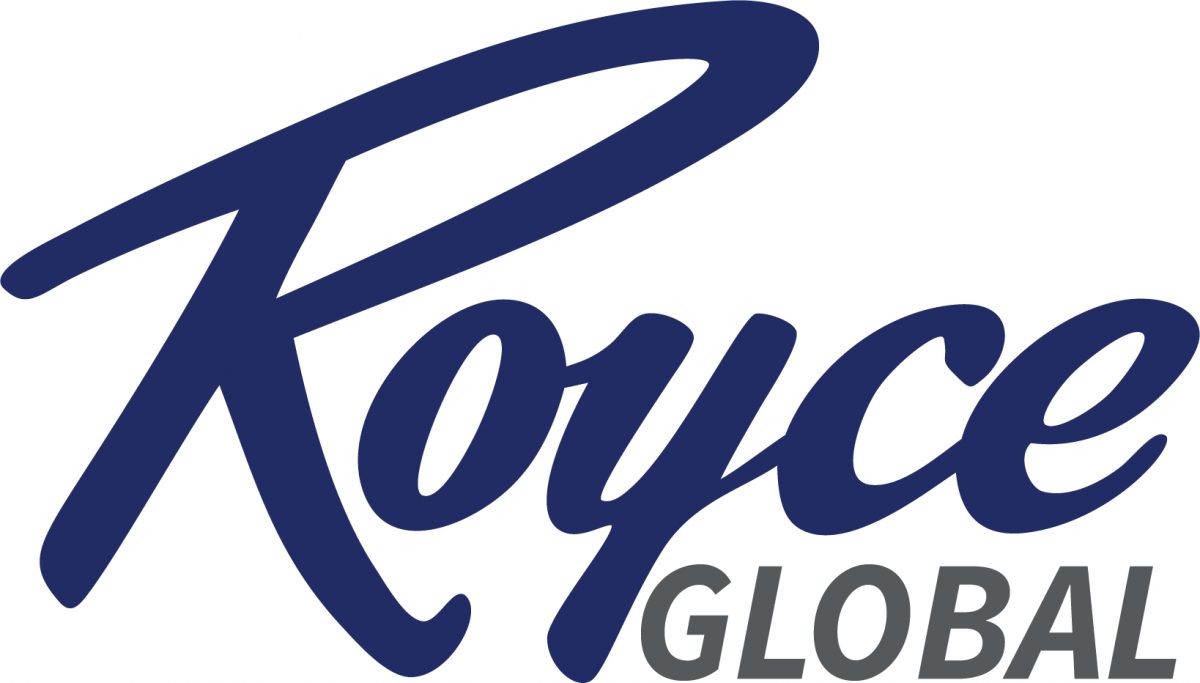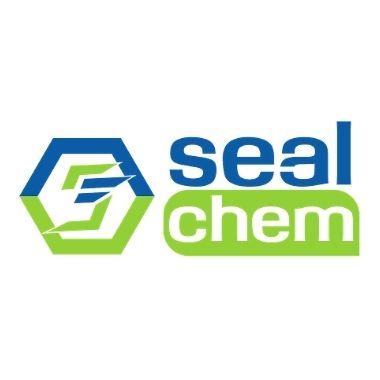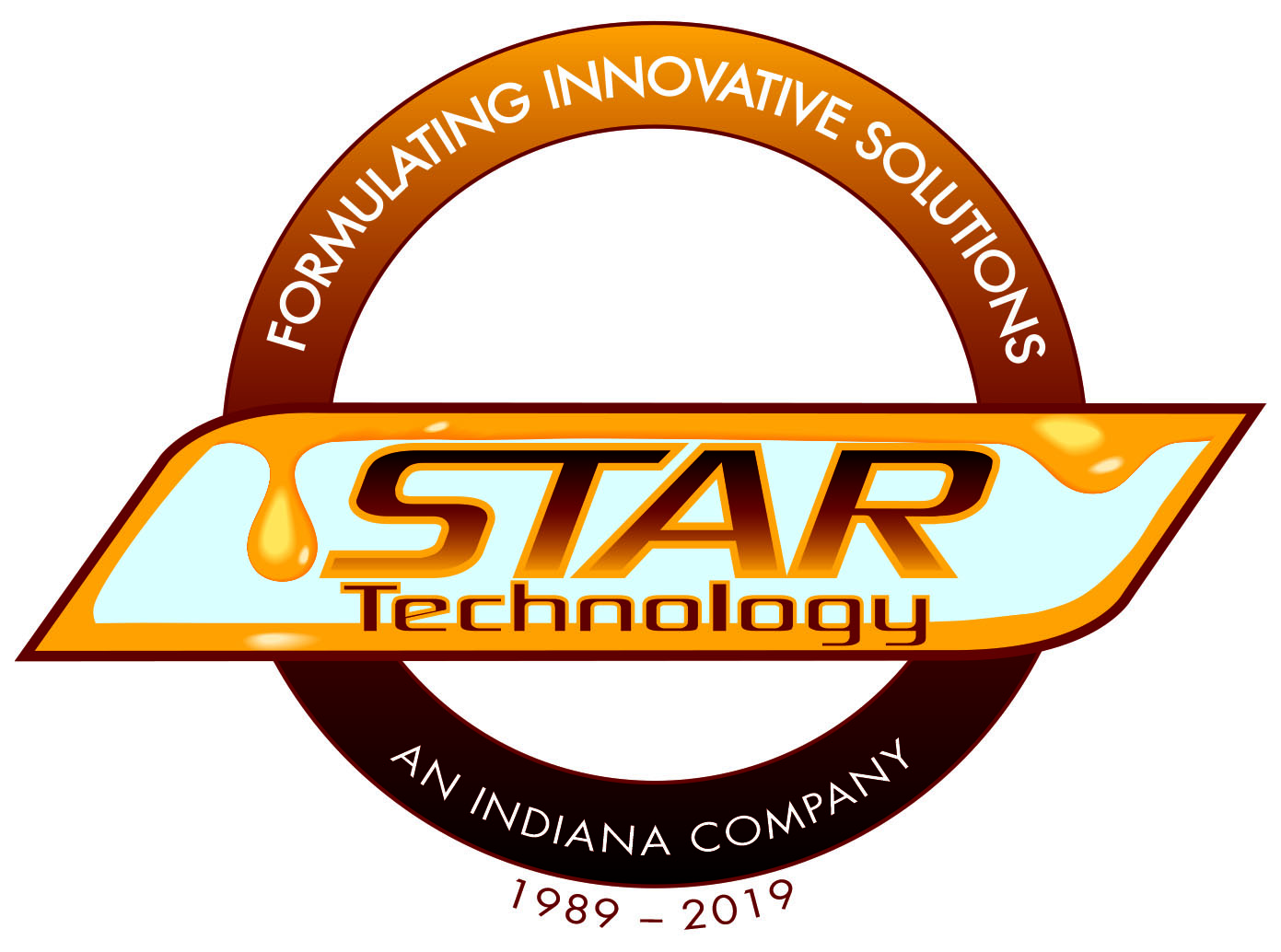2019 Annual Meeting Technical Papers
 Technical Paper presentations are essential to achieving one of the association's key objectives, which is to be "the premier forum to interact and exchange knowledge among formulators and suppliers." The 2019 Meeting schedule will include presentations from each of TRFA's Market Focused Committees. Technical Paper presentations are essential to achieving one of the association's key objectives, which is to be "the premier forum to interact and exchange knowledge among formulators and suppliers." The 2019 Meeting schedule will include presentations from each of TRFA's Market Focused Committees.
Note: Technical papers are listed in alphabetical order by company
Water-Borne Epoxy Resins and Curing Agents
Krishnan Karunakaran, Aditya Birla Group
Waterborne epoxy coatings are becoming the choice for formulators in transportation, industrial maintenance, concrete protection, etc. Low to zero VOC, excellent freeze/thaw stability, application ease, wider options for application environments and conditions, excellent gloss, fast return to service, and cost-effectiveness are the key factors that drive the waterborne epoxy resin market. This presentation will cover recent developments in water-borne resins and curing agents with emphasis on civil engineering applications.
Trends and Developments in Industrial and Marine Protective Linings
Jeremy Pasatta, Advanced Polymer Coatings
Transportation and storage of hazardous chemicals require containment that will not only withstand the harsh chemicals but will protect the purity of the product as well. To ensure there is no degradation of the container and to preserve the product purity, a protective lining is often used. This protective lining must not only provide the highest chemical resistance to a wide variety of materials, such as acids, alkalis, gases, solvents, and oxidizers, but it must also meet the emerging demands of transporting and storing hazardous chemicals. This paper and presentation will cover many of these emerging industry demands for protective linings such as non-discoloration of high purity 98% sulfuric acid, lining inspection facilitation, antistatic linings, improved abrasion resistance, and field repairable linings. Recent developments in each of these areas from Advanced Polymer Coatings will be presented to demonstrate how these demands are being met without sacrificing chemical resistance. Finally, unmet industry needs will be discussed for areas of future development.
The Value of Understanding the Confusing Terminology of the Coatings Industry
Stuart Lipskin, BYK
The coatings industry has a tendency to use terminology that can be difficult to understand. This paper focuses on the technical terms used, which to both newcomers and experienced formulators present challenges in properly identifying observations, issues, and solutions. There are individual terms commonly named that have completely different interpretations and therefore solutions. There are terms used in pairs to identify observed phenomena that are actually different concepts and/or require different technical solutions. Understanding the proper definition of each term will allow the formulator to develop a quality coating more efficiently.
Novel Cashew Nutshell Liquid-Based Waterborne Curing agents: Extended Applications and Benefits
Hong Xu, Cardolite
Novel waterborne (WB) curing agents based on Cashew Nutshell Liquid (CNSL) has been introduced for 2K Epoxy applications. CNSL based waterborne curing agents are very hydrophobic in nature but are specially designed through proprietary technology to be stable in water without the help of co-solvents. These solvent-free WB curing agents have demonstrated very desirable performances including faster cure at low temperature, excellent anticorrosion performances, outstanding adhesion to various substrates, and good compatibility with both standard bisphenol A/F type resin, solid epoxy dispersions, and various additives. These combined properties provide broad formulation latitude and enable low VOC coatings and adhesives. In this paper Cardolite will present two types of CNSL waterborne curing agents, i.e. solution and dispersion types, and discuss their benefits and properties that meet requirements from different applications, i.e. floor coatings, anti-corrosion, and container coatings, ACE applications, and tile grouts and adhesives.
Improved Adhesion to Automotive Substrates with CTBN
Philip Allen, CVC Thermoset Technologies
Structural adhesives perform a critical role in light-weighting automobiles. Regulatory and market requirements for fuel economy force auto manufacturers to use much lighter materials like aluminum, composite, wood, and engineering polymers. Epoxy adhesives provide excellent mechanical and thermal properties while bonding to a wide range of substrates. Standard epoxies are strong but can be brittle. A toughening agent such as carboxyl-terminated butadiene-acrylonitrile copolymers (CTBN) and derivatives are used to reduce the brittleness of adhesive formulations. CTBN-based toughening agents improve adhesive performance such as T-peel, tack, and adhesion, giving an outstanding performance at both subzero and standard temperatures. CTBN chemistry improves adhesion to both well-prepared and oily surfaces. This study describes the benefits of CTBN toughening agents in 1K epoxy structural adhesives on a variety of materials commonly used in automobile assembly.
Anhydride-cured epoxy composites: overview & recent advances
Vinay Mishra, Dixie Chemical
Anhydride-cured epoxy composites find use in advanced composite applications due to their ability to withstand high temperatures as well as exposure to a wide variety of chemicals, and high strength. The anhydrides themselves are relatively safe and easy to handle and thus convenient to use in typical composite fabrication processes. Recent advances in anhydride curatives will be presented towards their use in applications requiring reduced side reactions, curing at lower temperatures, and in demanding high-speed pultrusion applications. Data will also be presented demonstrating the typical off-stoichiometry use of anhydrides with epoxy resins and how certain new anhydride curatives buck this trend.
Silicone-Epoxy Coatings 2.0: Customized To Meet Your Need
Bob Lin, Evonik Corporation
Silicone-epoxy coatings have long been utilized across a wide range of industry platforms. The dually functional resin and amino silane curative have provided formulators with the ability to meet performance demands associated with various industrial, marine, and military applications. Whether it’s corrosion and chemical resistance, UV light stability, or mechanical toughness that is needed, silicone-epoxy coatings have proven to be adept in providing each of these traditional attributes. But as industry applications become more specialized, formulators need the ability to extend beyond traditional performance. This paper discusses alternate technologies that can be utilized within silicone-epoxy coatings to customize performance based on individual needs. Improved dry times, increased hardness or flexibility, and enhanced surface properties can all be achieved by altering the chemistry on either side of the coating. And with the backbone chemistry remaining present, the traditional performance benefits will accompany each individual’s custom requirements.
Strategies for Reducing Amine-cured Epoxy Yellowing in Decoupage and Decorative Coatings
Bruce Burton, Huntsman Corporation
For over four decades, polyether amines have proven to be the best type of amine hardener when formulating epoxy resin systems for resistance to the effects of sunlight or UV light. Increased understanding of the multiple processes responsible for yellowing has led to important performance improvements based upon a careful combination of raw materials, storage conditions, processing, and curing. Long-time, best performing, “standard” formulations taken from product literature have been improved and processing pitfalls that could negate those improvements are described. Though systems based upon aliphatic epoxy resins continue to exhibit the greatest photo-yellowing resistance for epoxies, the greater cost and extremely slow curing of such systems have typically led most customers back to systems based upon standard, liquid DGEBA. In addition to creating improved DGEBA-based formulations that better resist UV-light-induced photo-yellowing after curing, a significant market need exists for two-component epoxy formulations that have little color when viewed in the bottles at hobby shops or in the cans at automotive shops. This aspect is also considered. Though avenues for further improvement of epoxy photo-yellowing resistance exist, this paper greatly updates and documents the current state of the art for low-yellowing epoxy technology since the product literature of 1978 & 1986.
Rheological Characterization of Thermosets: A Practical Approach
Jeffrey Gotro, Innocentrix
Thermosets are a unique type of polymeric material since the starting materials are typically a liquid or a highly-filled liquid formulation and crosslink during curing to form high glass transition temperature (Tg) and high modulus networks. Rheological methods provide a powerful analytical tool to evaluate both the uncured formulations and follow the build-up of the crosslinked network during curing. The presentation will provide a practical overview of the rheological methods used to characterize thermosets. The paper will provide an introduction to the two types of rheometers commonly used to measure thermoset rheology; controlled stress and controlled strain rheometers. Examples will include the viscosity profiles during dispensing demonstrating shear thinning and thixotropy (time dependence) using a controlled stress rheometer. The origin of the yield point and the practical implications during dispensing will also be highlighted. Thermoset curing may be carefully monitored using controlled strain measurements using oscillatory parallel plate rheometry. Examples will highlight the utility of rheological measurements to probe the network build-up during both isothermal and non-isothermal curing typically experienced during thermoset processing. So as to not scare anyone away, there will be no differential equations or stress tensors to make your head spin!
Flexible Epoxy Systems
Wells Carter, Olin Corporation
Epoxy systems are known for having excellent mechanical strength. For some applications, the flexibility of epoxy systems is limited. This paper will explore the properties of epoxy systems that have been designed to offer greater flexibility and tensile elongation. Some of the technologies that were used to provide improve elongation include urethane modification and difunctional epoxy reactive diluents. Mechanical properties including tensile elongation data will be presented to demonstrate the improvements. For example, a urethane modified epoxy system had more than 220% tensile elongation, and a system that contained a difunctional epoxy reactive diluent had about 80% tensile elongation. The choice of the epoxy curing agent is important.
Hydrophobic Modifier as Performance Booster for Waterborne Coating Formulation
Benjamin Boenigk, Rain Carbon
RAIN CARBON is the leading manufacturer of hydrocarbon resins for the adhesive coating and rubber industry. Liquid hydrocarbon resins are used for many years in a wide range of solvent-borne and solvent-free coating formulation. The new development is the link between these well-known applications and the wide range of waterborne applications which are gaining, in the time of climate change and global warming, more importance. The chemistry is based on pure aromatic monomers and phenol which leads to interesting properties for many different applications. These new products are non-reactive and can be used as a permanent VOC-free plasticizer due to the high boiling range. Aromatic structures are known for their excellent wetting properties on metals and high hydrophobicity which leads to a positive effect on the salt spray resistance and improved anticorrosive properties. Variation of the phenolic OH content offers the possibility to adjust the curing behavior of waterborne epoxy formulations in both directions- low OH will increase the curing time, high OH works as a curing accelerator. Due to the low Tg in the range of -45°C these modifiers can also be used as a non-VOC coalescent agent, especially in areas where the VOC content gets more important.
|


 Technical Paper presentations are essential to achieving one of the association's key objectives, which is to be "the premier forum to interact and exchange knowledge among formulators and suppliers." The 2019 Meeting schedule will include presentations from each of TRFA's Market Focused Committees.
Technical Paper presentations are essential to achieving one of the association's key objectives, which is to be "the premier forum to interact and exchange knowledge among formulators and suppliers." The 2019 Meeting schedule will include presentations from each of TRFA's Market Focused Committees.
